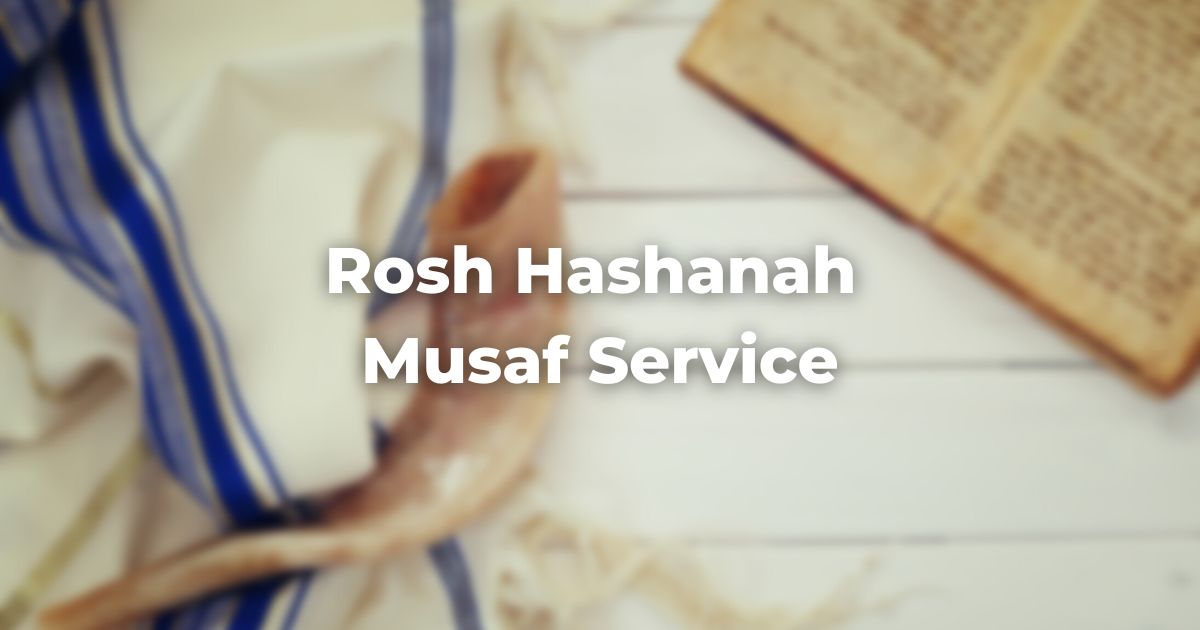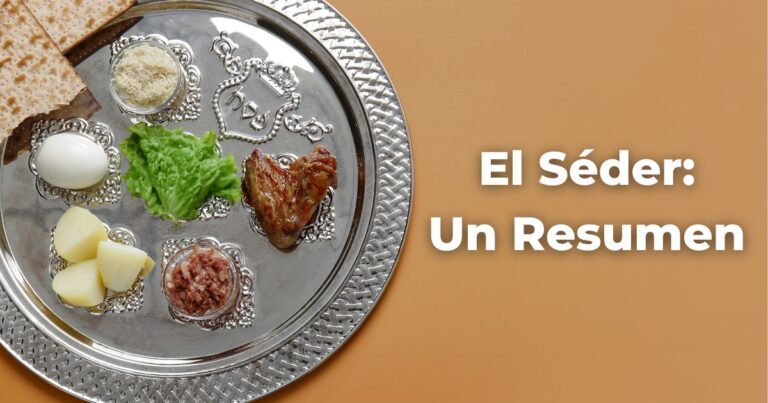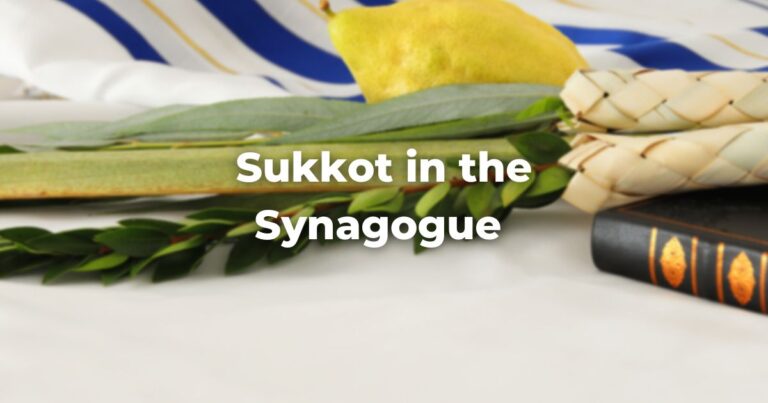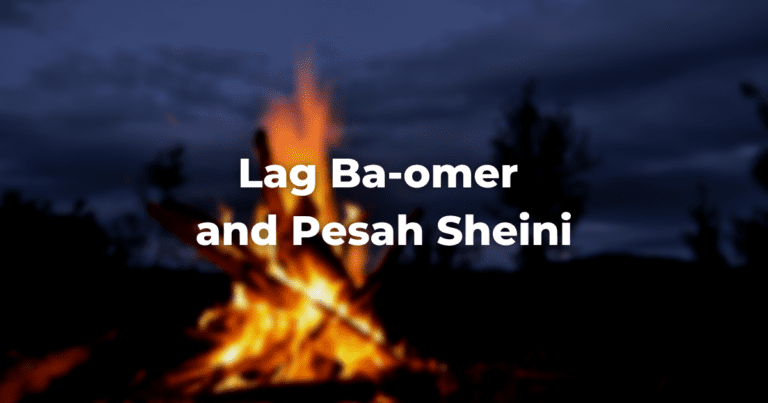The Musaf Service for Rosh Hashanah contains the familiar opening and closing blessings of the Amidah with the usual High Holiday interpolations.
Sections of the Service
The central part of the Amidah, however, is organized around three main sections, each with its own particular theme: the Malkhuyot section, which emphasizes God’s divine sovereignty; the Zikhronot (also spelled Zichronot) section, which emphasizes the theme of divine and human memory; and the Shofarot section, which emphasizes the redemptive meaning of the sounding of the shofar.
Each of these three sections has the same structure and consists of a poetic introduction, a middle part made up of ten biblical verses on the theme of that section, and a conclusion that includes the formal blessing.
The middle section that contains the biblical verses also follows a set format: the first three are from the TorahRefers to the first five books of the Hebrew Bible, the Tanakh, also called the Five Books of Moses, Pentateuch or the Hebrew equivalent, Humash. This is also called the Written Torah. The term may also refer to teachings that expound on Jewish tradition. Read more, the second three from the Writings (Ketuvim), and the third section from the Prophets (Nevi’im). Then, a concluding passage from the Torah makes ten verses.
Since the Prophets come before the Writings in the Bible, why is the order reversed in the service?
The answer is simply that the verses from the Writings are all taken from the Psalms, attributed to King David, who lived before any of the other prophets quoted (Tosafot to BT Rosh Hashanah 32a, s.v. matḥil ba-torah u-m’sayyeim b’navi).
After the concluding prayer of each of these sections, the shofar is sounded and the prayers Ha-yom Harat Olam and Areshet S’fateinu are recited.
Aleinu
The Musaf Amidah on Rosh Hashanah also includes the hymn regularly known as Aleinu. While this prayer is now the familiar concluding hymn of every service during the year, it was once recited only as part of the Musaf Amidah on Rosh Hashanah.
Its theme fits in with that section too, with its celebration and recognition of God’s sovereignty and the wish that the entire world will one day be united in the worship of God.
Normally when we recite the Aleinu we bend the knee and bow from the waist at the words: “And we bend the knee and bow.” During the repetition of the Amidah on Rosh Hashanah, however, worshipers may actually fall to the floor and prostrate themselves in a fuller expression of submission before God.
While there are many congregations in which only very few prostrate themselves totally in this manner, the practice can still be a powerful reminder that Jews bow to no human being, yet bow completely in submission to God’s will.
Adapted with permission from The Observant Life.
Authors
-

The Observant Life: The Wisdom of Conservative Judaism for Contemporary Jews distills a century of thoughtful inquiry into the most profound of all Jewish questions: how to suffuse life with timeless values, how to remain loyal to the covenant that binds the Jewish people and the God of Israel, and how to embrace the law while retaining an abiding sense of fidelity to one’s own moral path in life. Written in a multiplicity of voices inspired by a common vision, the authors of The Observant Life explain what it means in the ultimate sense to live a Jewish life, and to live it honestly, morally, and purposefully. The work is a comprehensive guide to life in the 21st Century. Chapters on Jewish rituals including prayer, holiday, life cycle events and Jewish ethics such as citizenship, slander, taxes, wills, the courts, the work place and so much more.
View all posts -







